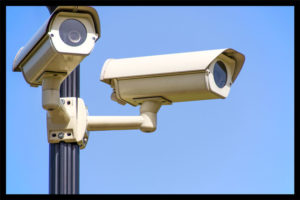Enhancing building security is crucial in an era where safety concerns are becoming more prevalent. As new threats and challenges emerge, it is essential for building security systems to evolve to meet these demands. Cutting-edge installation techniques play a pivotal role in strengthening the protection of buildings, ensuring that the security systems in place are not only effective but also adaptable to changing risks. Modern security systems rely on a combination of technology, design, and strategic installation methods to provide robust protection. Surveillance cameras, access control systems, and intrusion detection sensors have all become standard components of building security. However, their effectiveness depends on how well they are integrated and installed within the building’s infrastructure. By using the latest installation techniques, these systems can be more seamlessly integrated into the environment, enhancing their functionality without compromising the aesthetics or structure of the building. One of the most significant advancements in installation techniques is the use of smart technology.

Smart sensors can monitor environmental factors, detect unauthorized access, and immediately notify security personnel. These devices are often wireless, allowing for less invasive installations and greater flexibility. Wireless technology also reduces the need for extensive wiring, which can be costly and time-consuming to install, while providing more efficient ways to manage and maintain the security infrastructure. Furthermore, innovations in biometric authentication systems have made access control systems more sophisticated and secure. Traditional keycards and passwords are being replaced by fingerprint recognition, facial recognition, and retina scans, offering a much higher level of accuracy and security. These biometric systems can be easily integrated into building security during the installation process, allowing for quicker and more reliable access control measures. In addition, advanced encryption methods ensure that personal data and access logs are protected, reducing the risk of breaches. Another critical aspect of enhancing building security is the strategic placement of security systems. The installation process must take into account the building’s layout, its specific vulnerabilities, and the potential threats it may face.
For example, high-traffic areas such as entrances and exits should be prioritized for surveillance and access control devices, while less visible areas may require discreet installation of cameras or sensors to ensure comprehensive coverage. The use of security system automation is also on the rise, allowing for real-time monitoring and the ability to quickly respond to incidents. Automated systems can adjust lighting, lock doors, or trigger alarms based on specific conditions, such as unauthorized access or the detection of unusual activity. These automated responses can reduce the reaction time of security personnel and prevent incidents before they escalate. In conclusion, enhancing building security through cutting-edge installation techniques involves a combination of advanced technology, strategic planning, and expert installation practices. The integration of smart systems, biometric access control, and automated responses ensures that buildings are better equipped to handle potential security threats. By embracing these innovations, building owners can create a safer, more secure environment for occupants while staying ahead of emerging risks.
